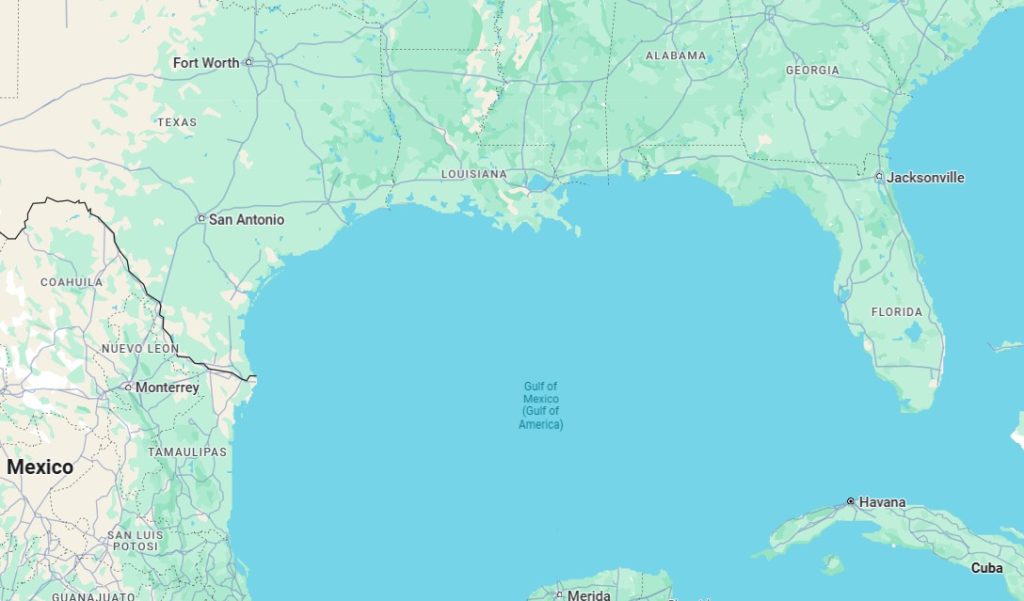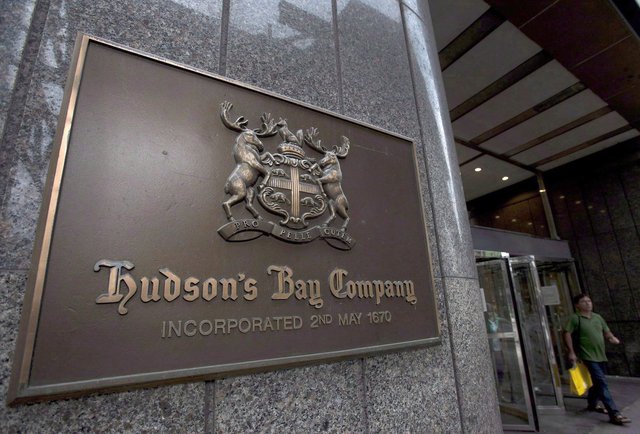MEXICO CITY (AP) – The Mexican government has filed a lawsuit against tech giant Google concerning its reference to the Gulf of Mexico, which it has labeled as the Gulf of America. This name change was instigated by former U.S. President Donald Trump through an executive order. Mexico’s President Claudia Sheinbaum announced the lawsuit during a press briefing on Friday, though she did not divulge specific details regarding its contents.
Prior to the lawsuit, Mexico’s Foreign Relations ministry had sent multiple letters to Google, urging the company to refrain from referring to Mexican territorial waters as the Gulf of America. In response, Google has yet to issue a comment on the matter. The designation of Gulf of America has been a point of contention as the body of water divides the U.S. and Mexico; Trump’s executive order has authority only within the United States, meaning that Mexico and other foreign nations are under no obligation to adopt the new name.
Mexico maintains that the term Gulf of America should be limited solely to the section of the gulf that lies over the U.S. continental shelf. In February, President Sheinbaum publicly shared a letter from Cris Turner, Google’s vice president of government affairs and public policy. The letter indicated that Google would continue to uphold the policy regarding the name change, which was initiated by Trump’s declaration.
As it currently stands, Google Maps shows the gulf as Gulf of America within the United States, while it is represented as Gulf of Mexico in Mexico. Elsewhere, it appears as Gulf of Mexico (Gulf of America). Turner’s letter asserted that Google is following a policy of using Gulf of America to maintain impartiality and consistency across different regions while presenting geographic information.
The name Gulf of Mexico has been in use for over 400 years. The Associated Press also acknowledges this historical designation while recognizing the recent name change proposed by Trump. In February, there were developments involving the White House that attempted to limit the Associated Press's (AP) access to President Trump and his activities. The White House restricted the AP from being among a select group of journalists allowed to cover Trump in the Oval Office or aboard Air Force One, although sporadic coverage at other events was permitted.
In response to these restrictions, the AP filed a lawsuit against three Trump administration officials, invoking the principle of freedom of speech and seeking a federal judge's intervention to cease the limitations on its journalists. Recently, a federal judge ruled in favor of the AP, ordering the White House to restore full access for its journalists to presidential events, confirming that the government cannot retaliate against a news organization for its reported speech under First Amendment protections.
In conclusion, the ongoing dispute over the designation of the Gulf of Mexico versus Gulf of America underscores larger tensions between Mexico and the United States, particularly regarding territorial claims and name recognition. This legal confrontation initiated by the Mexican government adds another layer to the complex relationship between the two nations and the role of technology and social media in disseminating information about geographical and political issues.












